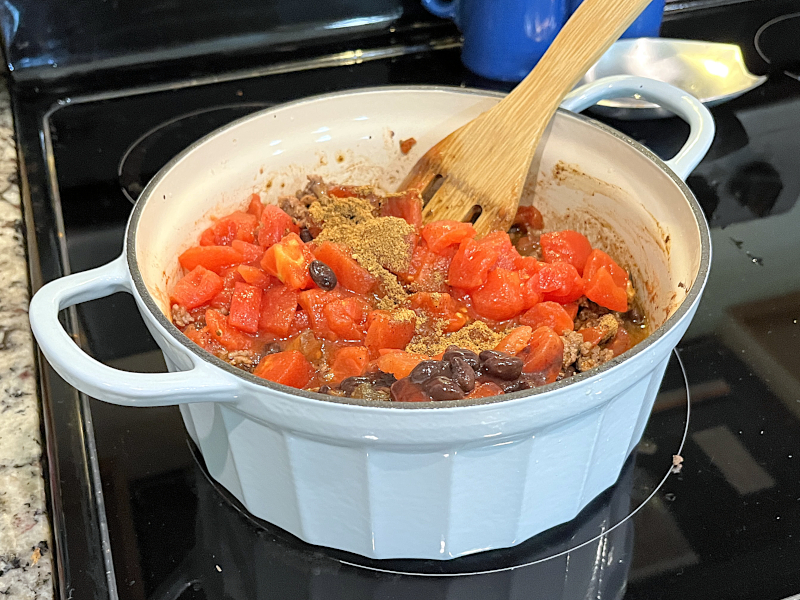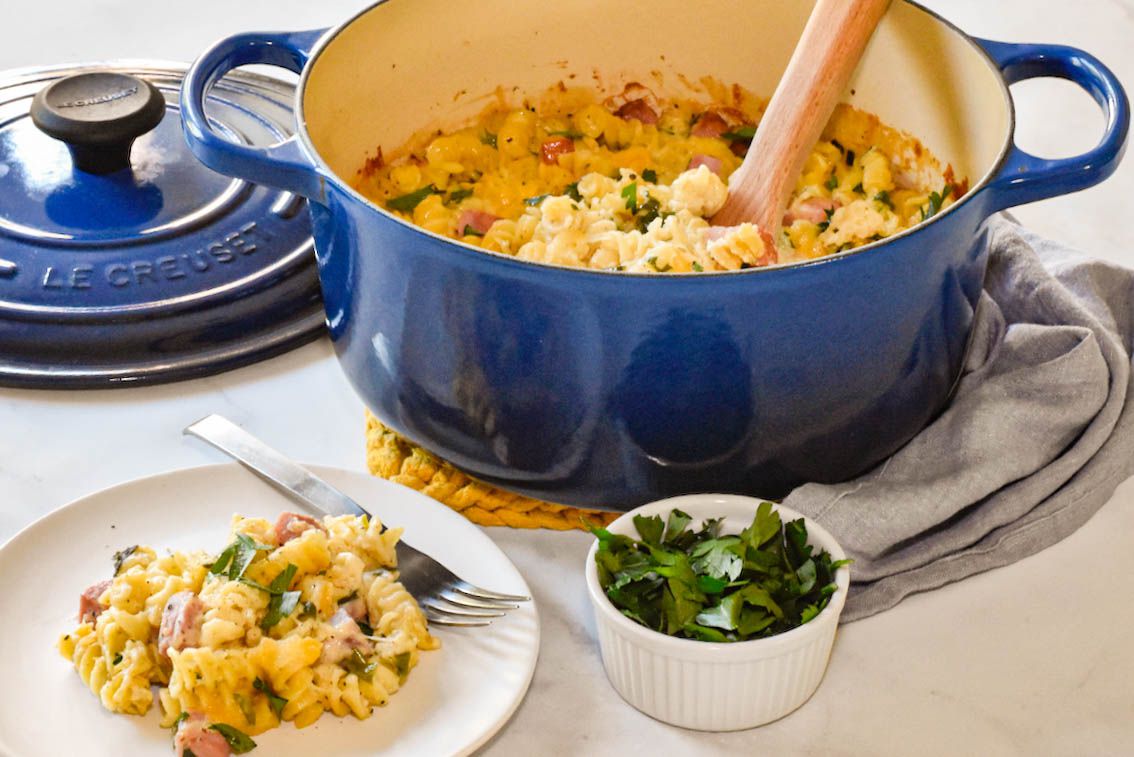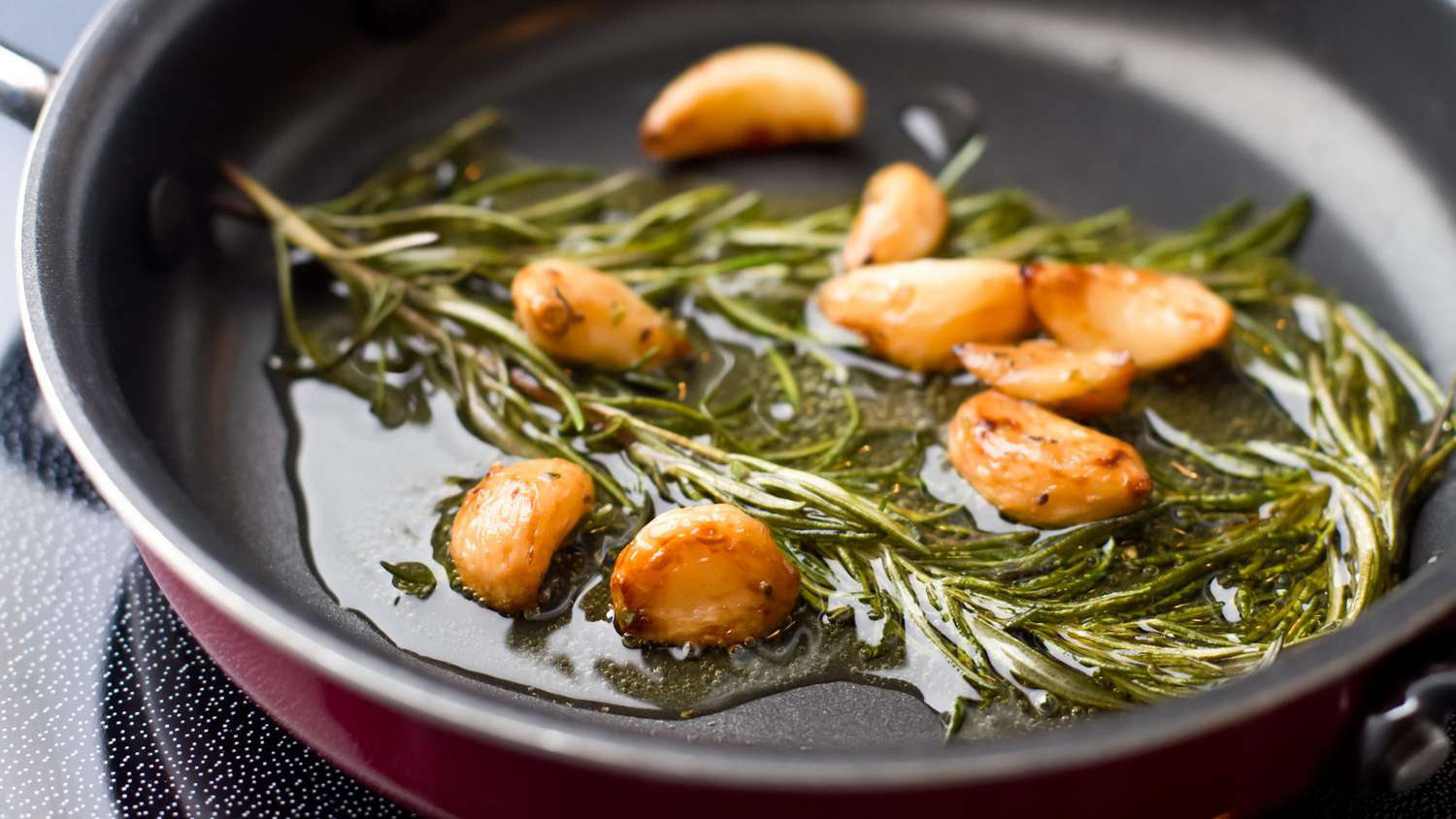In the culinary world, knowledge is power, and for kitchen professionals, understanding the nuances of different cookware is essential. One common query that emerges among chefs and home cooks alike is what is the difference between a Dutch oven and a pot? This question is crucial because while both items serve essential roles in the kitchen, their designs, materials, and cooking applications can significantly influence the overall outcome of a dish.
Both a Dutch oven and a pot are used for cooking, but there are stark differences that can affect your cooking techniques and the flavors of your meals. Whether you are making braises, slow-cooked stews, or simply boiling pasta, knowing these differences can refine your approach to cooking and enhance your culinary creations.

Defining the Basics: Dutch Oven vs. Pot
Before diving deeper, lets clearly differentiate both. A pot is typically a vessel that comes in a range of sizes and is mainly used for boiling, steaming, or making sauces. They are often taller and have straight sides. In contrast, a Dutch oven is a heavy, thick-walled cooking pot, usually made of cast iron, that is often coated in enamel. It has a lid that allows for slow cooking and retention of moisture, making it perfect for simmering and braising.
Materials Matter
The materials used in cooking vessels can affect not just the cooking process but also the flavor and quality of the food. Dutch ovens are commonly constructed from cast iron, which evenly distributes heat. Some are enameled, allowing for easy cleaning and non-reactive surfaces. Conversely, pots are often made from various materials such as stainless steel, aluminum, or even non-stick surfaces, which can result in different cooking experiences.
Heat Distribution and Retention
Another essential aspect to consider is how heat is distributed and retained. The cast iron of a Dutch oven creates an even cooking environment, beneficial for slow-cooking methods. On the other hand, most pots, particularly those made from stainless steel, may heat up quickly but do not retain heat as effectively, making them better suited for tasks that require boiling or rapid cooking.
Size and Shape Significance
The size and shape of your cookware can determine what you can cook and how. Dutch ovens are often deep and wide, making them ideal for dishes like pot roast or stews. In contrast, pots are often taller with a narrow base, making them less ideal for such recipes but excellent for boiling and steaming. Chefs should also consider the capacity of their cookware depending on the portion sizes they intend to prepare.
Cooking Techniques: Which Vessel for What?
Understanding the different cooking techniques is vital when deciding between a Dutch oven and a pot. If you are looking to create rich flavors through slow cooking, the Dutch oven will likely be your best bet. The lid traps steam, leading to tender meats and infused flavors.
On the contrary, if you need to quickly boil water or make a sauce, a pot will serve you better. The quick, high heat is vital for certain techniques such as blanching vegetables or cooking pasta. Thus, knowing when and how to utilize each can elevate your kitchen game.
Versatility in the Kitchen
While a Dutch oven is often favored for stovetop and oven use, it is more versatile than one might think. You can utilize it for frying, baking bread, or even braising meats. Each broad usage allows for a multitude of flavors and dishes. For example, you can bake sourdough bread in a Dutch oven, a technique that creates a perfect crust thanks to the steam trapped within its lid.
Pots, although versatile, are often limited to specific cooking tasks. They are not usually recommended for use in the oven or for slow cooking, creating a distinction that kitchen professionals should be aware of.
Cleaning and Maintenance: An Essential Aspect
When it comes to cleaning and maintenance, pots are generally more manageable, especially non-stick varieties. However, Dutch ovens, particularly the enameled type, can also be relatively easy to maintain with gentle scrubbing. It is important to follow manufacturer instructions properly to prolong the life of both pots and Dutch ovens.
Similarities Between Dutch Ovens and Pots
Despite their differences, its essential to acknowledge the similarities between Dutch ovens and pots. Both can be utilized to prepare a wide variety of dishes, and many kitchen professionals will have both in their arsenal. Ultimately, skillful cooking combines knowledge of both while understanding when to use each piece effectively.
Conclusion: Making the Right Choice
In conclusion, the differences between a Dutch oven and a pot extend beyond superficial characteristics. Understanding what is the difference between a Dutch oven and a pot in terms of material, heat retention, and suitable cooking techniques is vital for anyone serious about cooking. Whether braising a rich stew or boiling pasta, making informed choices about your cookware can dramatically enhance the overall dining experience. Invest time in learning how to use both effectively and understand the best dishes for each to truly excel in your culinary journey.
FAQs
1. What is the primary purpose of a Dutch oven?
A Dutch oven is primarily used for slow cooking, braising, and baking due to its ability to evenly distribute heat and retain moisture.
2. Can I use a pot for baking?
While pots are not ideal for baking, some may be used for specific baking tasks if they are oven-safe; however, using a Dutch oven is typically more effective for baking items like bread.
3. How do I clean a cast iron Dutch oven?
To clean a cast iron Dutch oven, avoid soap and simply rinse with hot water and scrub with a soft sponge. Season it with oil after drying to maintain its non-stick surface.

Additional Resources
To enhance your Dutch oven cooking skills further, check out article on Dutch oven cooking that offers useful tips and recipes.
This article contains affiliate links. We may earn a commission at no extra cost to you.






Leave a comment
This site is protected by hCaptcha and the hCaptcha Privacy Policy and Terms of Service apply.